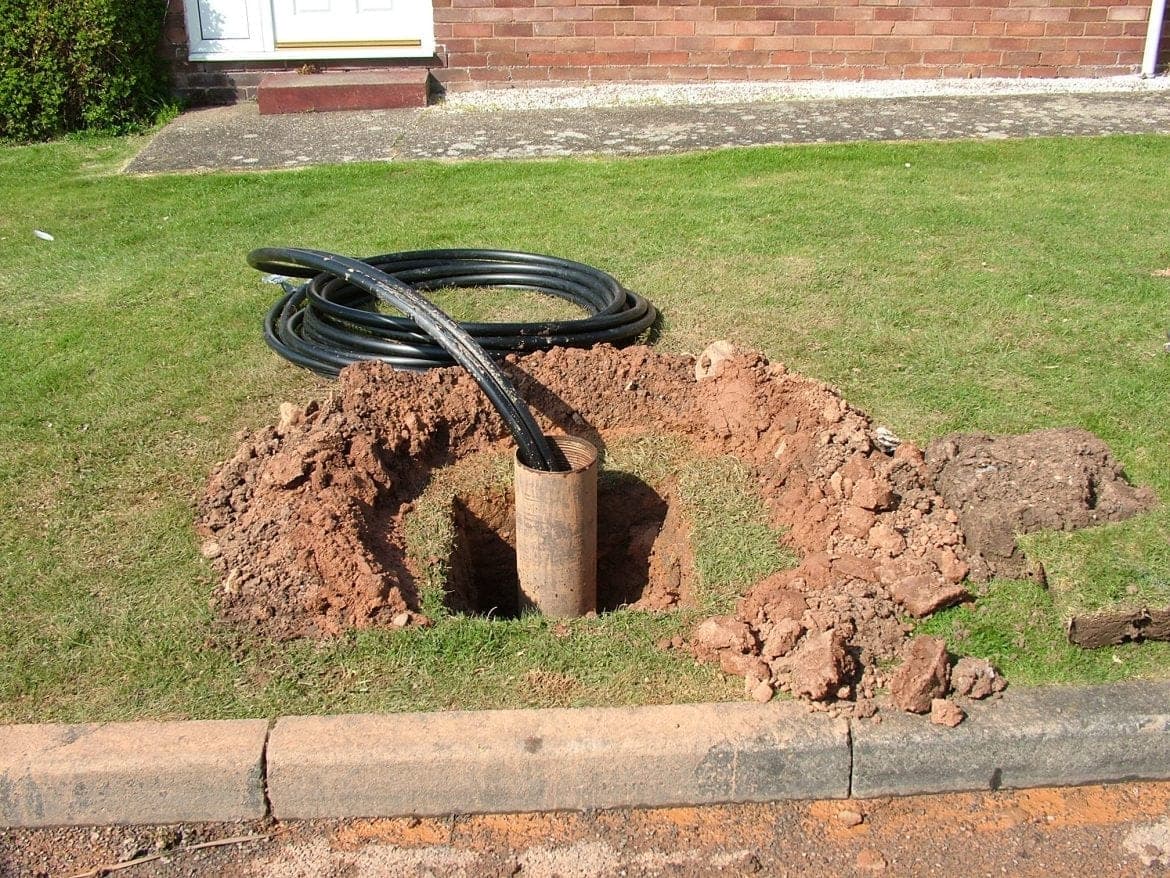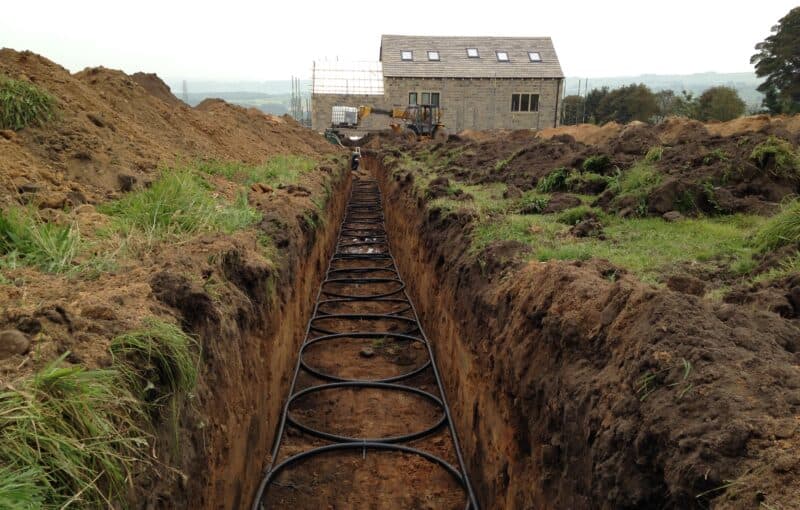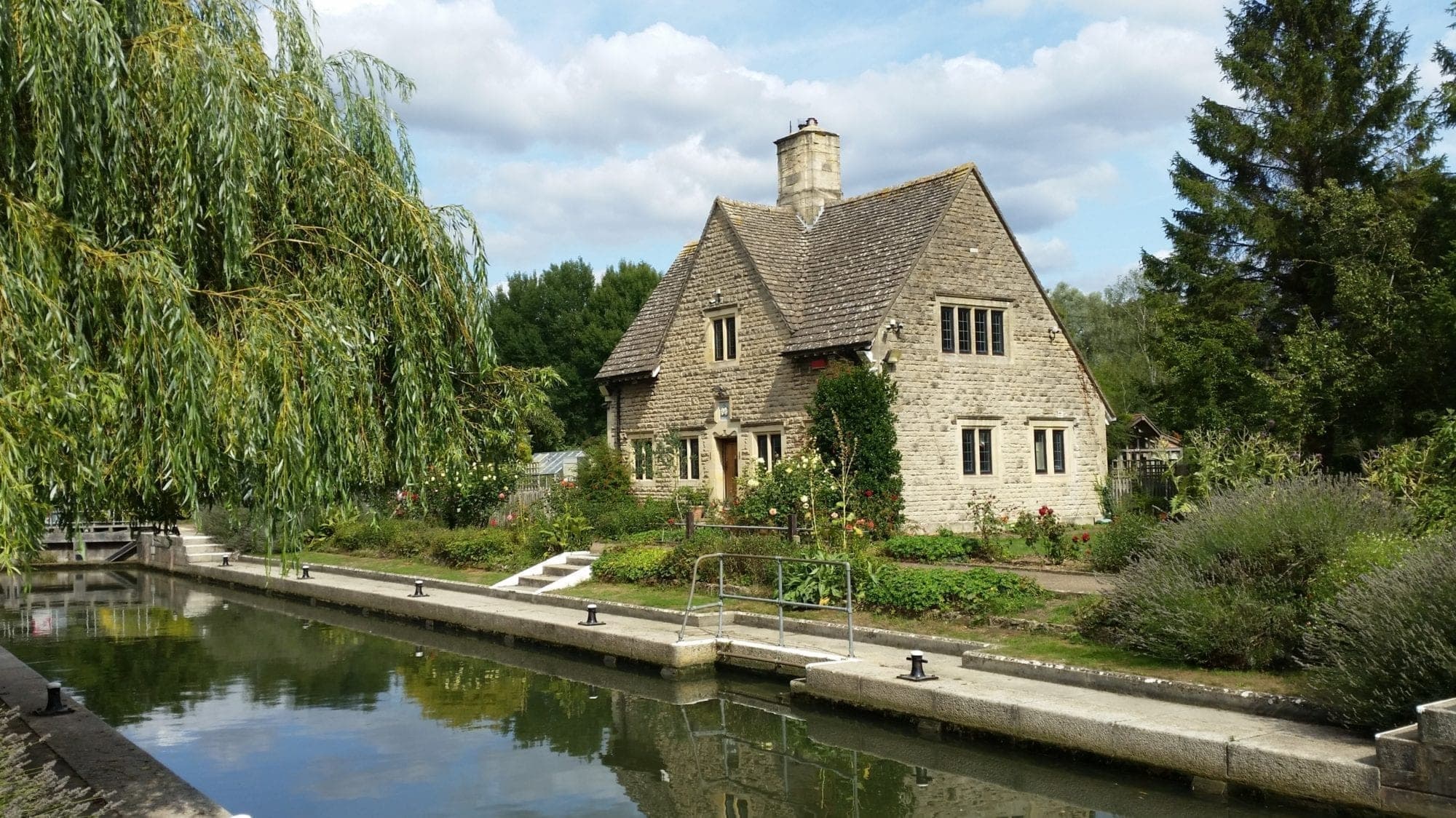Lee Valley White Water Centre
- LocationHerts
- Completion DateOct 2014
Lee Valley White Water Centre, set in the picturesque 1,000-acre River Lee Country Park and part of the 26-mile long Lee Valley Regional Park, provides a much needed white water site for canoeists, kayakers and rafters alike.
Effort was sought by the developers of this project to reduce the carbon footprint of the Park’s operations and maximise energy efficiency. As a result, two Kensa 75kW Commercial Plantroom heat pumps were installed into this prestigious project by Enevis Ltd. With over 20 years’ experience and a team of qualified engineers, electricians, plumbers and installers, Enevis worked closely with Kensa Heat Pumps to ensure this unique project was a success from the design stage, right the way through to on-site commissioning.
A number of energy sources can be used as the heat source for heating buildings such as Lee Valley White Water Centre. Most commonly, ground source heat pumps draw heat from the ground via  What are Ground Source Heat Pump Boreholes?Boreholesboreholes or coiled pipework buried in trenches, known as
What are Ground Source Heat Pump Boreholes?Boreholesboreholes or coiled pipework buried in trenches, known as  What are Slinkies & Straight Pipes?What are Slinkies & Straight Pipes?slinkies. Other heat sources include water, nearby streams, lakes and other natural water bodies. Any large
What are Slinkies & Straight Pipes?What are Slinkies & Straight Pipes?slinkies. Other heat sources include water, nearby streams, lakes and other natural water bodies. Any large  What is a Water Source Heat Pump?Water source heat pumpswater source situated close to the proposed building to be heated is an ideal energy source for a heat pump, and has a number of advantages when compared to ‘ground’ arrays:
What is a Water Source Heat Pump?Water source heat pumpswater source situated close to the proposed building to be heated is an ideal energy source for a heat pump, and has a number of advantages when compared to ‘ground’ arrays:
As part of the Lee Valley Regional Park development plans, a lake was to be purpose built to provide the water into the kayak and white watercourses.
When Kensa were asked to provide a heating and cooling solution for the Lee Valley White Water Centre, utilising the purpose-built lake as the energy source for the two 75kW Plantroom Heat Pumps was the most compelling solution from a cost-saving and CO2 reduction point of view.
Kensa supplied 30 x 50m long slinky ground arrays, which were buried under pea gravel in the header of the lake which feeds the kayak course by Enevis. The slinkies were buried under the pea gravel to provide protection for the slinkies and to ensure they remained buried underwater.